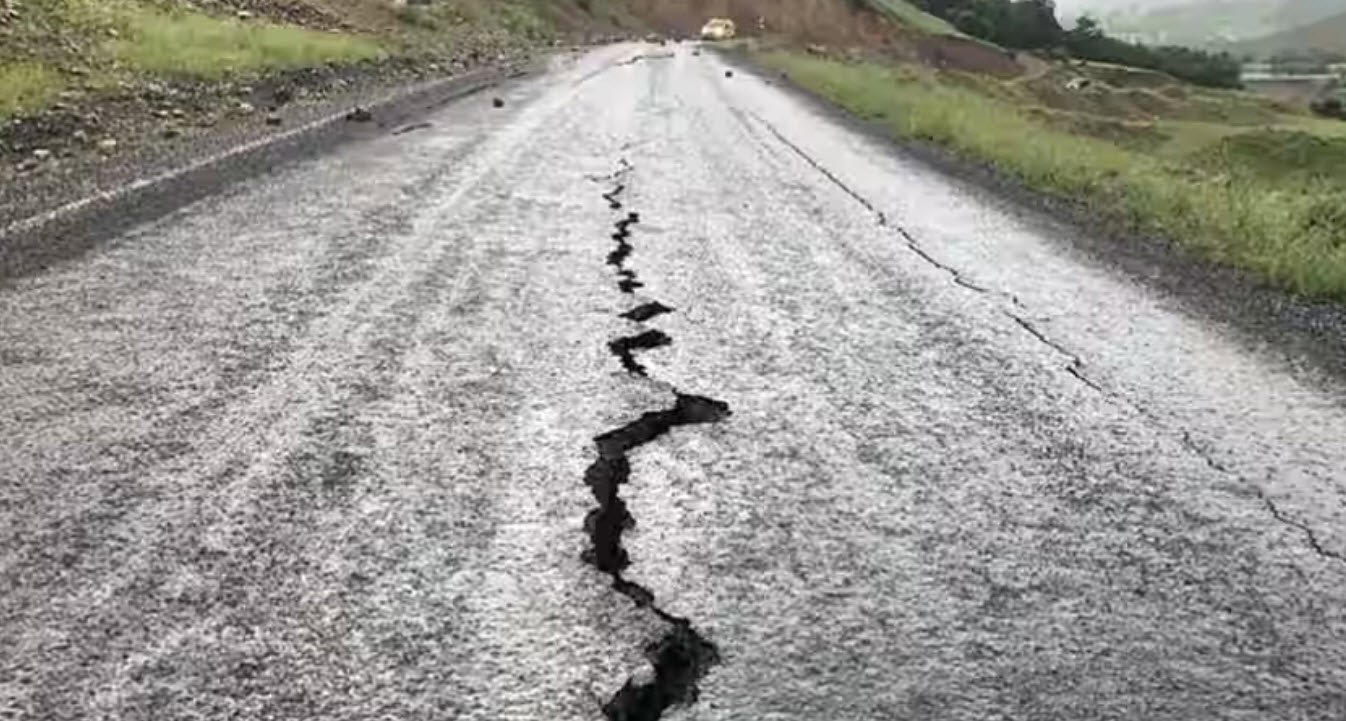
As the third rock from the Sun in our solar system, Earth is a dynamic and diverse planet that has nurtured life for billions of years. From its age to the extremes of its highest peaks and lowest depths, here’s a glimpse into the numerical marvels that define our home planet.
1. Age of The Earth:
At a staggering 4.5 to 4.6 billion years old, Earth’s age speaks to the vastness of time over which our planet has evolved and transformed.
2. Water-Land Ratio:
The Earth’s surface is predominantly covered by water, with a water-land ratio of 70.8% water and 29.2% land. This unique balance plays a crucial role in sustaining life as we know it.
3. Earth’s Circumference at the Equator:
Measuring around the equator, Earth’s circumference extends to 24,901.55 miles (40,075.16 km), defining the planet’s widest point.
4. Earth’s Circumference between the North and South Poles:
The Earth’s circumference, when measured between the North and South Poles, is slightly less at 24,859.82 miles (40,008 km).
5. Earth’s Diameter at the Equator:
At the equator, Earth boasts a diameter of 7,926.41 miles (12,756.32 km), a key dimension that influences its gravitational forces.
6. Average Distance from the Earth to the Sun:
Earth’s orbit places it at an average distance of 92,955,802 miles (149,579,870 km) from the Sun, the perfect distance for supporting life.
7. Average Distance from the Earth to the Moon:
Our celestial companion, the Moon, orbits Earth at an average distance of 238,855 miles (384,400.1 km), influencing tides and lunar cycles.
8. Highest Elevation on Earth:
Mount Everest, located in Asia, proudly stands as the highest point on Earth, reaching a staggering elevation of 29,035 feet (8,848 meters) above sea level.
9. Tallest Mountain on Earth from Base to Peak:
Mauna Kea in Hawaii is the tallest mountain when measured from its base on the ocean floor. Its total height is 33,480 feet (10,204 meters), with 13,796 feet above sea level.
10. Point Farthest from the Center of the Earth:
The peak of the volcano Chimborazo in Ecuador holds the title for the point farthest from the Earth’s center, reaching 20,561 feet (6,269 meters) due to the Earth’s oblateness.
11. Lowest Elevation on Land:
The Dead Sea, situated 1,369 feet (417 meters) below sea level, stands as the Earth’s lowest point on land.
12. Deepest Point in the Ocean:
Challenger Deep, located in the Mariana Trench in the Western Pacific Ocean, plunges to an astounding depth of 36,740 feet (11,022 meters), marking the deepest point on Earth.
13. Highest Temperature Recorded:
In the scorching heat of Al Aziziyah, Libya, the highest temperature ever recorded on Earth reached a blistering 136.8°F (58.4°C) on September 13, 1922.
14. Lowest Temperature Recorded:
The chilling temperatures of Vostok, Antarctica, set a record low of –128.6°F (–89.2°C) on July 21, 1983.
15. Atmosphere Content:
Earth’s atmosphere is a delicate balance, consisting of 78% nitrogen, 21% oxygen, and 1% traces of argon, carbon dioxide, and water vapor.
16. Rotation on Axis:
Earth completes one rotation on its axis in 23 hours and 56 minutes, but a full day, accounting for its orbit around the Sun, takes 24 hours.
17. Revolution Around Sun:
Earth’s journey around the Sun takes approximately 365.2425 days, marking a year in our calendar.
18. Chemical Composition of the Earth:
Breaking down Earth’s composition, it is composed of 32.1% iron, 30.1% oxygen, 15.1% silicon, 13.9% magnesium, 2.9% sulfur, 1.8% nickel, 1.5% calcium, and 2.6% other elements.
19. Standard Time Zones:
To keep our world ticking in sync, Earth is divided into 24 standard time zones, each encompassing 15 degrees of longitude.
In these numbers and facts, we find a tapestry of Earth’s vastness, intricacies, and the delicate equilibrium that sustains life on our extraordinary planet.
You may also like:- 5 Different Earthquake Zones in India
- List of International Organizations & Their Member Countries
- List of Important Banking Abbreviations
- Reserve Bank of India: A Historical Overview
- Understanding Key Banking Acts – A Brief Overview
- Unveiling the Vibrant World of Country Flags – 254 Countries Flags Images
- [GK India] Top 35 Awards Related Multiple Choice Questions
- Major Cities Situated on the Banks of Rivers
- State-Wise Important Mountain Passes in India
- 50 GK Questions With Answers









This Post Has One Comment